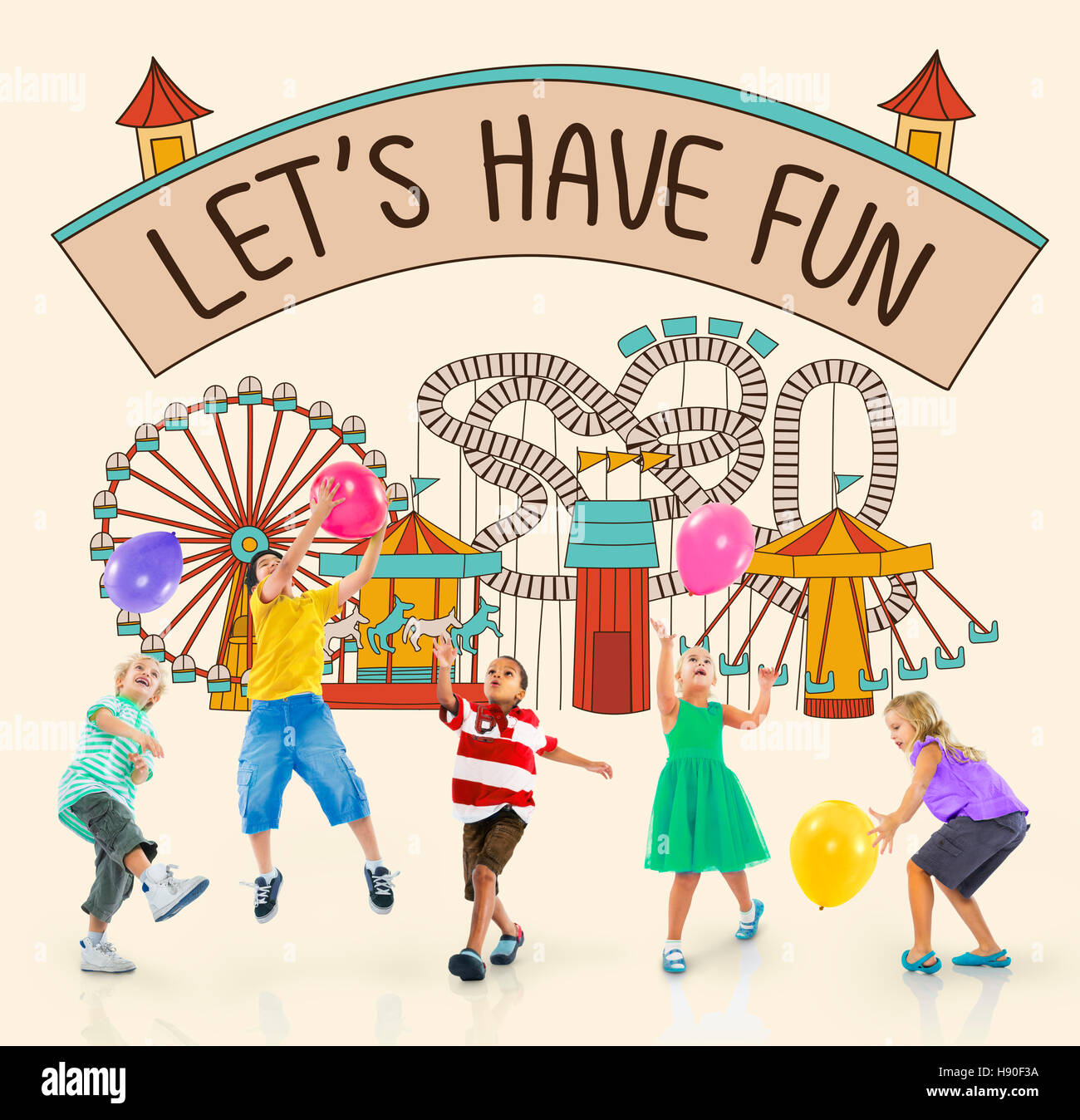
Level Up Your Finances in Seconds: Fun Formats for YouTube Finance Shorts
In today’s fast-paced world, attention spans are shorter than ever. That’s where YouTube Shorts come in – bite-sized videos perfect for delivering quick and engaging content. If you’re a finance creator, Shorts offer a fantastic opportunity to reach a wider audience and make financial literacy more accessible and even enjoyable. Forget dry lectures and complex jargon; let’s dive into fun and innovative formats that will have viewers hooked and eager to learn!
Why YouTube Shorts are a Game-Changer for Finance Creators
- Increased Discoverability: YouTube’s algorithm favors Shorts, giving them prominent placement in the Shorts feed. This means your content has a higher chance of being seen by new viewers who might not have otherwise stumbled upon your channel.
- Mobile-First Engagement: Shorts are designed for mobile viewing, making them ideal for reaching younger demographics who primarily consume content on their smartphones.
- Concise and Actionable: The short format forces you to distill complex financial concepts into easy-to-understand snippets. This makes your content more digestible and encourages viewers to take immediate action.
- Creative Freedom: Shorts allow you to experiment with different styles, formats, and humor to find what resonates with your audience.
- Community Building: Shorts can spark conversations and encourage viewers to share their own experiences and questions, fostering a sense of community around your channel.
Fun and Engaging Formats for YouTube Finance Shorts
Here are some specific formats you can use to make your finance Shorts stand out:
-
"Myth vs. Fact" Finance Busting:
- Concept: Debunk common financial myths with quick, evidence-based facts.
- Example: "Myth: You need a lot of money to start investing. Fact: You can start with as little as $5!"
- Why it works: Captures attention with controversy and provides immediate value.
- Tips: Use visuals to illustrate the myth and fact, and include a call to action (e.g., "What other myths have you heard? Let me know in the comments!").
-
"Finance Hacks in 60 Seconds":
- Concept: Share actionable finance tips that viewers can implement immediately.
- Example: "Hack: Automate your savings by setting up a recurring transfer to your savings account every payday."
- Why it works: Provides practical advice that viewers can use to improve their financial situation.
- Tips: Keep the hacks simple and easy to understand, and use visuals to demonstrate how to implement them.
-
"Day in the Life" Finance Makeover:
- Concept: Show a fictional "day in the life" of someone making poor financial choices, then demonstrate how to make better ones.
- Example: Start with someone buying an expensive coffee every day, then show how they could save money by brewing coffee at home.
- Why it works: Relatable and visually engaging, making it easier for viewers to see how financial choices impact their daily lives.
- Tips: Use humor and relatable scenarios, and focus on small, achievable changes.
-
"Would You Rather" Finance Edition:
- Concept: Present viewers with two financial scenarios and ask them to choose which one they would prefer.
- Example: "Would you rather pay off your credit card debt or invest in the stock market?"
- Why it works: Interactive and thought-provoking, encouraging viewers to think about their own financial priorities.
- Tips: Make the scenarios relevant and interesting, and explain the pros and cons of each choice.
-
"Finance Q&A":
- Concept: Answer common finance questions in a concise and engaging way.
- Example: "What is compound interest, and why is it important?"
- Why it works: Provides valuable information and addresses viewers’ specific concerns.
- Tips: Encourage viewers to submit questions in the comments, and keep your answers clear and concise.
-
"Finance Challenge Accepted":
- Concept: Create a short-term financial challenge (e.g., "No Spend Week") and document your progress.
- Example: Show yourself avoiding unnecessary purchases and finding creative ways to save money.
- Why it works: Inspiring and relatable, showing viewers that it’s possible to make positive financial changes.
- Tips: Choose a challenge that is achievable and relevant to your audience, and share your successes and struggles along the way.
-
"Behind the Numbers":
- Concept: Explain the story behind a specific financial statistic or trend.
- Example: "Why is inflation so high right now?"
- Why it works: Provides context and helps viewers understand the broader economic landscape.
- Tips: Use visuals to illustrate the data, and explain the implications for viewers’ personal finances.
-
"Reacting to Financial Fails":
- Concept: React to common financial mistakes or fails, offering advice on how to avoid them.
- Example: React to a news story about someone who lost money investing in a risky scheme.
- Why it works: Entertaining and educational, helping viewers learn from others’ mistakes.
- Tips: Be respectful and avoid shaming anyone, and focus on providing constructive advice.
-
"Quick Tip Tuesday" (or any day!):
- Concept: Dedicate a specific day of the week to sharing a quick, actionable finance tip.
- Example: "Quick Tip Tuesday: Check your credit report for errors!"
- Why it works: Creates a consistent content schedule and provides viewers with a regular dose of financial advice.
- Tips: Use a catchy name and branding for your weekly tip, and encourage viewers to share their own tips in the comments.
-
"Duet with a Financial Expert":
- Concept: Collaborate with another finance creator to create a duet video, offering different perspectives on a financial topic.
- Example: Duet with a financial advisor to discuss the pros and cons of different investment strategies.
- Why it works: Introduces your channel to a new audience and provides viewers with diverse perspectives.
- Tips: Choose a collaborator who aligns with your brand and target audience, and plan the duet in advance to ensure a smooth and engaging video.
Making Your Finance Shorts Stand Out:
- Visual Appeal: Use eye-catching visuals, graphics, and animations to keep viewers engaged.
- Sound Design: Use music, sound effects, and voiceovers to create a dynamic and engaging audio experience.
- Concise Messaging: Get straight to the point and avoid unnecessary jargon.
- Call to Action: Encourage viewers to like, comment, subscribe, and share your videos.
- Consistency: Post regularly to keep your audience engaged and build a following.
- Hashtags: Use relevant hashtags to help viewers find your videos.
Tools and Resources:
- Video Editing Apps: InShot, CapCut, VN
- Royalty-Free Music and Sound Effects: Epidemic Sound, Artlist, YouTube Audio Library
- Graphic Design Tools: Canva, Adobe Spark
- Stock Footage: Pexels, Pixabay
Conclusion
YouTube Shorts offer a powerful platform for finance creators to reach a wider audience and make financial literacy more accessible and engaging. By using fun and innovative formats, you can capture viewers’ attention, provide valuable information, and inspire them to take control of their finances. So, get creative, experiment with different styles, and start creating Shorts that will help your audience level up their financial lives!


